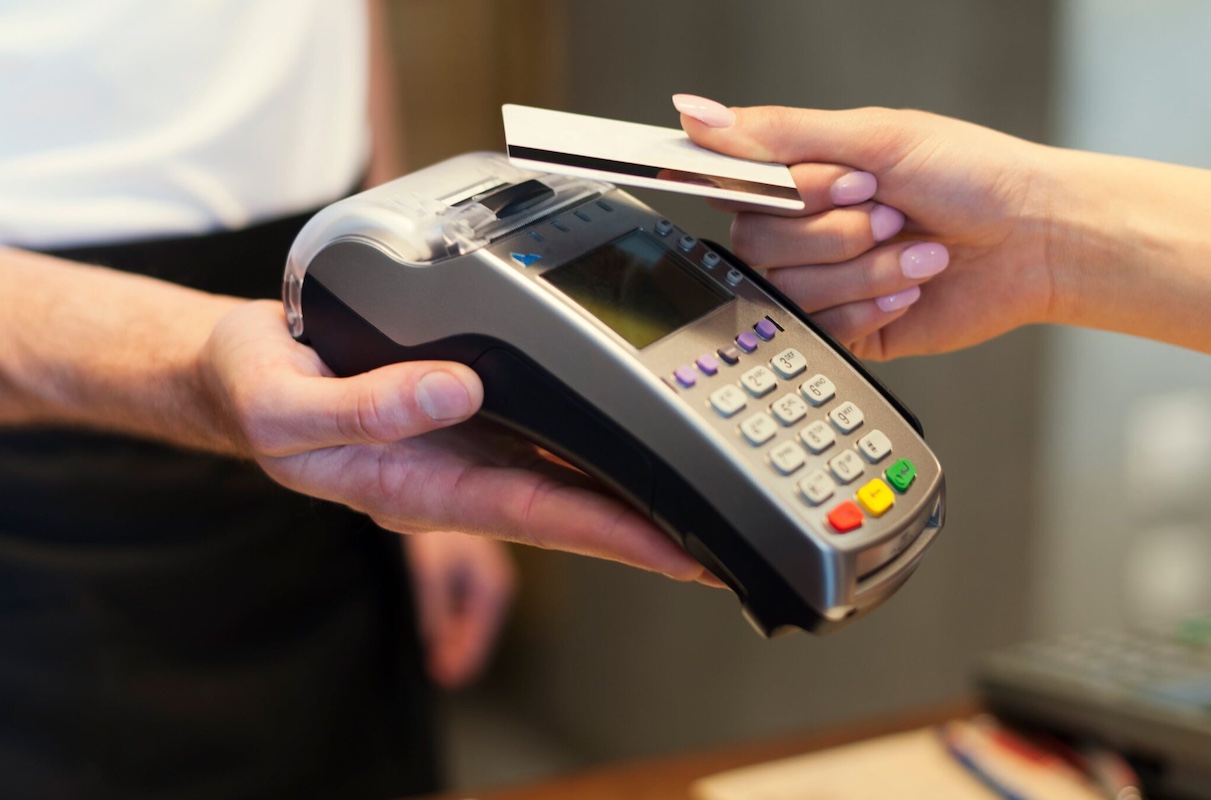Concrete Delivery and Cashless Payment via Terminals

Concrete delivery is one of the most crucial services in construction, whether for building foundations, installing walkways, or landscaping. In modern construction, efficiency and speed are key—not only in delivering materials but also in payment processing. This is why cashless payments via card terminals have become the preferred method for many concrete delivery companies.
Why Concrete Delivery Is Essential
Concrete is the backbone of most construction projects. From residential driveways to industrial foundations, having ready-mix concrete delivered directly to the job site saves time and ensures quality consistency.
Applications of Delivered Concrete:
- Foundation Work
Properly poured concrete ensures structural stability. Paired with the right base materials, such as a foundation cushion, it creates a durable and long-lasting structure. Many builders ask, “What fraction of crushed stone for a foundation cushion?”- Typically, a fraction of 20–40 mm crushed stone is used, as it provides excellent load distribution and drainage.
- Paths and Landscaping
For landscaping, materials like crushed stone for paths and fine gravel for paths are often paired with concrete borders to create visually appealing, low-maintenance walkways.- Crushed Stone for Paths: Offers durability and a rustic look.
- Fine Gravel for Paths: Ideal for decorative, softer, and more comfortable walking surfaces.
How Concrete Delivery Works
Concrete is usually mixed in specialized plants and delivered to the job site in rotating drum trucks that keep the mixture from hardening during transport. This ensures the concrete is ready for immediate use upon arrival.
Steps in Delivery:
- Order Placement: Customers specify the concrete grade, volume, and delivery date.
- Scheduling and Transport: The delivery company assigns trucks and drivers based on the project location.
- On-Site Pouring: Concrete is pumped or poured into prepared forms.
Cashless Payment for Concrete Delivery
The construction industry is rapidly adopting digital technologies, and payments are no exception. Many concrete delivery services now use payment terminals to allow cashless transactions on-site.
Advantages of Using Terminals:
- Convenience: Customers pay instantly with credit or debit cards, avoiding the need for cash handling.
- Speed: Payments are processed within seconds, saving time during busy construction schedules.
- Safety: Reduces the risks associated with carrying large sums of cash.
- Transparency: Digital receipts provide accurate payment records for accounting and tax purposes.
Best Payment Terminals for Concrete Delivery Services
1. Square Terminal
Compact, portable, and easy to use, it supports contactless, chip, and swipe payments—perfect for delivery teams on the move.
2. Clover Flex
Ideal for field work, it offers advanced reporting and integrates with accounting systems, which is helpful for companies managing multiple deliveries daily.
3. PayPal Zettle
A reliable solution for businesses already using PayPal, it supports mobile card payments and quick setup.
These terminals are battery-powered and wireless, making them perfect for use at construction sites where traditional checkout counters are unavailable.
Concrete delivery is a cornerstone of modern construction. Combined with supporting materials such as crushed stone for paths, fine gravel for paths, and knowing what fraction of crushed stone for a foundation cushion, it ensures durability and structural stability.
Adding cashless payments via card terminals not only modernizes the delivery process but also enhances customer satisfaction. By using portable and secure devices like Square Terminal, Clover Flex, or PayPal Zettle, concrete suppliers can handle payments quickly and professionally—keeping both projects and finances running smoothly.
